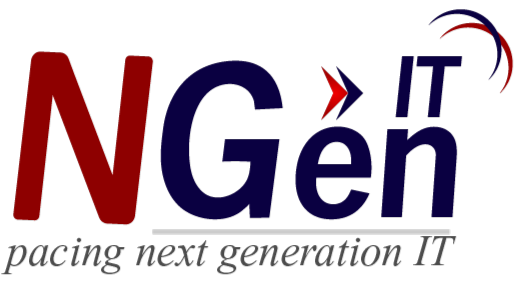In the fast-evolving landscape of cybersecurity, the National Institute of Standards and Technology (NIST) Cybersecurity Framework stands tall as a beacon of voluntary guidance. Rooted in existing standards, guidelines, and best practices, it empowers organizations to proficiently manage and diminish cybersecurity risks. But what does this mean for Managed Services Providers (MSPs)?
Whether assisting clients in qualifying for cyber insurance or ensuring regulatory compliance, fortifying cyber protection in alignment with the NIST Cybersecurity Framework is not just a suggestion but a strategic imperative, even if it isn't mandated.
The NIST Framework emerges as an indispensable resource for organizations aiming to combat the surge in cyber threats, including advanced persistent threats (APTs), zero-day malware, common vulnerabilities and exposures (CVEs), and ever-menacing ransomware. Moreover, with cybercriminals leveraging artificial intelligence (AI), these threats have evolved, becoming more intricate and challenging to detect.
Core Functions of the NIST Framework
Our latest white paper, Cyber Protection Across the NIST Frameworks with Acronis for MSPs, delves into how MSPs can deliver comprehensive security services strategically aligned with the five core functions of the NIST Framework. Each function plays a pivotal role in assessing, developing, and enhancing security against today’s sophisticated threats.
1. Identify
- Understanding who and what needs protection is paramount. The "Identify" function aids security professionals in comprehending organizational assets, systems, and users, enabling them to stay informed about potential risks and align security priorities with clients' business goals.
2. Protect
- Prevention is the cornerstone of proactive security. The "Protect" function ensures clients take essential measures to thwart threats, reduce risks, and mitigate data loss. Crucially, these security measures often serve as prerequisites for cyber insurance qualification and regulatory compliance adherence.
3. Detect
- The "Detect" function enables MSPs to discern patterns in threat intelligence data that deviate from the norm. It involves cybersecurity measures ensuring MSPs maintain visibility of the attack surface, monitor suspicious activity, and comprehend identified cyber events.
4. Respond
- Swift response to in-progress attacks is critical. The "Respond" function provides MSPs with guidelines to prevent the spread of infection, close security gaps, and safeguard unaffected systems.
5. Recover
- Safeguarding client data and restoring normal operations post-cyber incident requires meticulous planning. The "Recover" function outlines security measures and processes, offering steps to swiftly restore client data and ensure business continuity.
Aligning Cybersecurity Services with the NIST Framework
By seamlessly integrating the NIST Framework into your cybersecurity offerings, MSPs can not only differentiate their services but also gain a competitive advantage. Explore our white paper to understand how Acronis Cyber Protect Cloud aligns with each of the five functions of the NIST Framework, offering integrated cybersecurity, data protection, and endpoint management in a singular, powerful solution. Elevate your cybersecurity game with CyberGuard Pro - Your Shield in the Digital Realm.









